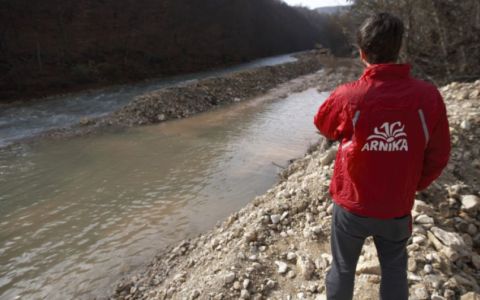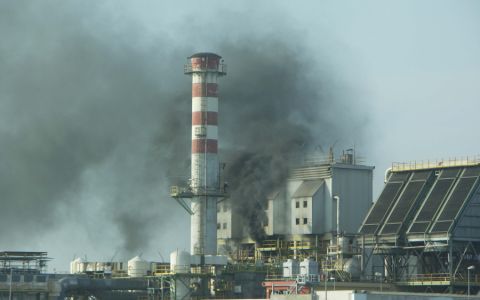ChemSec report on SIN chemicals
ChemSec released a report on companies manufacturing "substances of very high concern" – SIN (Substitute It Now) chemicals (http://www.chemsec.org/what-we-do/sin-list). Likely to face future bans or restrictions in the EU due to environmental and health hazards identified under REACH, the EU's chemicals management policy, these substances may present financial risks to producers.
Flame retardant exposure linked to lower IQs -- study
A new study involving Simon Fraser University researchers has found that prenatal exposure to flame retardants can be significantly linked to lower IQs and greater hyperactivity in five-year old children. The findings were published in the journal Environmental Health Perspectives. The researchers found that a 10-fold increase in PBDE concentrations in early pregnancy, when the fetal brain is developing, was associated with a 4.5 IQ decrement, which is comparable with the impact of environmental lead exposure. Researchers say their results confirm earlier studies that found PBDEs, which are routinely found in pregnant women and children, may be developmental neurotoxicants. PBDEs have been widely used as flame retardants in furniture, carpet padding, car seats and other consumer products over the past three decades.
The study can be found here.
Global atlas of environmental conflicts
Global Policies and Sustainability Unit in the EEB launched a global atlas of environmental conflicts with over 1000 cases. NGOs are welcome to add new cases. The conflicts to be reported could be any conflict with environmental component. The process is grass-roots, bottom-up and simple: you have knowledge on environmental conflict X, you think the world should know about it, you enter this information in the database and GPSU-EEB will assist you in filling it in. Then, when the cases is verified and approved, it will be promoted through a blog and social media. Feel free to contact Nick Meynen - Communications Officer, Global Policies and Sustainability (This email address is being protected from spambots. You need JavaScript enabled to view it.) with any questions or proposals.
The atlas: http://ejatlas.org/
The project: http://www.ejolt.org/
Air pollution is a $1.7T health problem, OECD finds
Air pollution is costing the world's most advanced economies plus India and China $3.5 trillion per year in lives lost and ill health, with a significant amount of the burden stemming from vehicle tailpipes, according to a new report by the Organisation for Economic Co-operation and Development (OECD). In the 34 OECD member states, the monetary impact of death and illness due to outdoor air pollution was $1.7 trillion in 2010. Research suggests that motorized on-road transport accounts for about 50 percent of that cost. The costs were calculated based on survey data of how much people are willing to pay in order to avoid premature death due to ailments caused by air pollution. The methodology assigns a cost to the risks of emissions that decisionmakers can use in weighing public policy decisions. Air pollution overall has had a severe effect in fast-growing economies, however. While premature deaths from air pollution in OECD countries dropped between 2005 and 2010, the global death rate rose by 4 percent, largely due to a 5 percent increase in pollution-related deaths in China and a 12 percent increase in India.
You can read the full article here.
European Pollutant Release and Transfer Register – 2012 data now available
Detailed industrial pollution data has been published, covering around 31 500 facilities across Europe. The 2012 dataset includes details of 91 substances released to water, land, wastewater and air. The extra year of data updates the European Pollutant Release and Transfer Register (E-PRTR), published by the European Commission and the European Environment Agency. The E-PRTR is a comprehensive online register with information on releases and transfers of pollutants from industrial installations in 32 European countries. The E-PRTR also provides additional environmental information, such as the amount and types of waste transferred from facilities to waste handlers both inside and outside each country, and maps of some non-industrial sources of emissions. The 2012 data covers 59 pollutants released to air, 66 pollutants released to water, 55 pollutants transferred in wastewater and 14 pollutants released to land.







